Home>Furniture & Design>Interior Design Trends>How Does A Spark Plug Break Glass


Interior Design Trends
How Does A Spark Plug Break Glass
Modified: October 19, 2024
Discover the latest interior design trends and learn how a spark plug can break glass. Explore innovative ideas for your home decor.
(Many of the links in this article redirect to a specific reviewed product. Your purchase of these products through affiliate links helps to generate commission for Storables.com, at no extra cost. Learn more)
Introduction
Spark plugs are a fundamental component of internal combustion engines, igniting the air-fuel mixture to power our vehicles, lawnmowers, and other gasoline-powered equipment. While their primary function is to generate the spark needed for combustion, there has been a long-standing question among enthusiasts and curious minds: Can spark plugs break glass?
In this article, we will delve into the science behind spark plugs, exploring their construction, function, and the factors that influence their ability to break glass. By understanding the intricacies of spark plugs, we can uncover the truth behind this intriguing question and gain a deeper appreciation for the technology that drives our everyday machinery.
Join us on this journey as we unravel the mysteries of spark plugs and discover the surprising capabilities that lie within these seemingly ordinary yet essential devices.
Key Takeaways:
- Spark plugs can theoretically break glass with a powerful spark, but it’s not easy. It depends on factors like voltage, electrode configuration, and glass thickness. Safety is crucial when exploring this idea.
- Understanding spark plugs’ science and safety is essential. While the idea of spark plugs breaking glass is intriguing, it requires caution, expertise, and respect for the potential risks involved.
Read more: Why Does Glass Break With Sound
The Science Behind Spark Plugs
At the heart of every internal combustion engine lies the humble yet indispensable spark plug. This small but mighty device plays a crucial role in the ignition process, transforming electrical energy into the powerful spark that ignites the air-fuel mixture within the engine's cylinders.
Construction and Function
Spark plugs consist of several key components, including a central electrode, a ground electrode, and an insulator. The central electrode, typically made of copper or nickel alloy, extends into the combustion chamber, while the ground electrode is positioned to form a small gap with the central electrode. This arrangement creates a high-voltage potential between the two electrodes, essential for generating the spark.
The insulator, usually composed of ceramic materials, serves as a barrier to contain the electrical charge and prevent it from dissipating prematurely. Additionally, the spark plug's metal shell acts as a conductor, connecting the device to the engine's ignition system.
When the ignition system delivers a high-voltage electrical pulse to the spark plug, the potential difference between the electrodes ionizes the air-fuel mixture in the combustion chamber, creating a spark. This spark initiates the combustion process, leading to the controlled explosion that drives the engine's pistons and ultimately propels the vehicle forward.
Spark Plug Varieties
Spark plugs come in various designs to accommodate different engine types and operating conditions. Factors such as heat range, electrode material, and thread size influence a spark plug's performance and compatibility with specific engines. For instance, engines operating under high-stress conditions may require spark plugs with enhanced heat dissipation capabilities to prevent overheating and pre-ignition.
The Role of Spark Plug in Engine Performance
The efficiency and reliability of a spark plug directly impact an engine's performance, fuel economy, and emissions. A well-maintained spark plug ensures consistent ignition, optimal combustion, and smooth engine operation. Conversely, worn or fouled spark plugs can lead to misfires, reduced power output, and increased fuel consumption.
Understanding the intricate science behind spark plugs illuminates their critical function within the realm of internal combustion engines. These unassuming yet sophisticated devices exemplify the fusion of electrical engineering and mechanical ingenuity, underscoring their indispensable role in powering the modern world.
Read more: How To Clean A Spark Plug With Sandpaper
Can Spark Plugs Break Glass?
The notion of spark plugs possessing the ability to break glass has sparked curiosity and speculation among enthusiasts and inquisitive minds. While spark plugs are primarily associated with igniting the air-fuel mixture in internal combustion engines, their potential to shatter glass surfaces has been a subject of fascination and debate.
The concept of spark plugs breaking glass stems from the high-voltage electrical discharge they produce during the ignition process. This electrical discharge, often reaching tens of thousands of volts, generates a powerful and concentrated spark within the combustion chamber of an engine. The intense energy released during this event has led to the belief that a spark plug, when removed from an engine and subjected to certain conditions, could potentially emit a spark with enough force to fracture glass.
However, the ability of a spark plug to break glass hinges on several critical factors, including the voltage and energy of the spark, the distance between the electrodes, and the composition of the glass surface. While it is theoretically possible for a spark plug to produce a spark with sufficient energy to crack or shatter glass, practical demonstrations of this phenomenon have yielded mixed results.
In controlled experiments, some individuals have reported instances of spark plugs successfully breaking glass, particularly when the gap between the electrodes is adjusted to maximize the spark's intensity. However, these occurrences are often influenced by specific environmental conditions, the type of glass being targeted, and the precise configuration of the spark plug.
Moreover, the structural integrity and thickness of the glass surface play a pivotal role in determining its susceptibility to being shattered by a spark plug. Thin, fragile glass may succumb to the force of a high-energy spark more readily than thicker, reinforced glass commonly found in automotive windows and windshields.
It is important to note that attempting to use a spark plug to break glass can pose significant safety risks and should not be undertaken without proper expertise and precautions. The high-voltage electrical discharge produced by a spark plug can be hazardous, and the potential for injury or damage to property is a genuine concern when exploring this concept.
In essence, while the idea of spark plugs breaking glass holds a degree of scientific plausibility, practical applications of this phenomenon are nuanced and contingent on various variables. The allure of this notion underscores the intriguing intersection of technology and everyday phenomena, prompting further exploration and contemplation within the realm of automotive and mechanical enthusiasts.
Factors Affecting the Ability of Spark Plugs to Break Glass
The potential of spark plugs to break glass hinges on a myriad of factors that collectively influence the intensity and impact of the electrical discharge they produce. Understanding these variables is crucial in comprehending the nuanced relationship between spark plugs and their hypothetical ability to fracture glass surfaces.
1. Voltage and Energy of the Spark
The voltage and energy of the spark generated by a spark plug are pivotal determinants of its capacity to break glass. A higher voltage discharge, coupled with increased energy, can result in a more forceful and penetrating spark. When the spark plug is removed from an engine and subjected to external conditions, the magnitude of the electrical discharge it emits plays a significant role in its potential to affect glass surfaces.
2. Electrode Configuration and Gap Distance
The configuration of the electrodes within a spark plug, as well as the distance between them, directly impacts the characteristics of the spark it produces. Adjusting the gap between the electrodes can influence the intensity and focus of the spark, potentially enhancing its ability to exert force on a glass surface. Experimentation with electrode configurations and gap distances has been a focal point in exploring the relationship between spark plugs and glass-breaking potential.
Read more: How Fast Does Glass Break
3. Glass Composition and Thickness
The composition and thickness of the glass surface being targeted are critical considerations in assessing its susceptibility to being shattered by a spark plug. Thin, delicate glass may yield to the force of a high-energy spark more readily than thicker, reinforced glass commonly found in automotive applications. The structural integrity and resilience of the glass play a pivotal role in determining the outcome of attempts to break it using a spark plug.
4. Environmental Conditions
External factors such as humidity, temperature, and atmospheric pressure can influence the behavior of electrical discharges and their interaction with glass surfaces. These environmental conditions may impact the efficacy of a spark plug in breaking glass, adding a layer of complexity to the phenomenon and contributing to the variability observed in practical demonstrations.
5. Safety Considerations
It is imperative to underscore the safety implications associated with attempting to use spark plugs to break glass. The high-voltage electrical discharge produced by a spark plug poses inherent risks, and the potential for injury or property damage necessitates cautious and informed exploration of this concept.
In essence, the ability of spark plugs to break glass is contingent on a constellation of factors encompassing electrical properties, material characteristics, and environmental dynamics. The interplay of these variables underscores the multifaceted nature of this intriguing phenomenon, prompting continued inquiry and contemplation within the realm of mechanical and scientific exploration.
Safety Considerations
When contemplating the potential of spark plugs to break glass, it is paramount to prioritize safety considerations. The high-voltage electrical discharge produced by a spark plug poses inherent risks, and the exploration of this concept demands a vigilant and informed approach.
The electrical energy discharged by a spark plug during the ignition process can reach tens of thousands of volts, presenting a significant hazard if not handled with caution. Direct contact with the electrical terminals or the high-voltage lead of a spark plug can result in severe electrical shock, leading to injuries or even fatalities. As such, individuals should exercise extreme care when handling spark plugs outside of their intended automotive applications.
Furthermore, the act of attempting to use a spark plug to break glass introduces additional safety concerns. The forceful expulsion of high-energy sparks towards a glass surface poses the risk of generating glass shards and debris, potentially causing injuries to nearby individuals or bystanders. Moreover, the unpredictability of the glass-breaking process under these conditions underscores the need for protective measures and controlled environments.
In light of these safety considerations, it is imperative for individuals to approach any experimentation or exploration involving spark plugs and glass-breaking with a comprehensive understanding of electrical safety protocols. This includes utilizing appropriate personal protective equipment, such as insulated gloves and eye protection, to mitigate the risks associated with high-voltage electrical discharges and potential glass fragmentation.
Additionally, the controlled environment in which such experiments are conducted should be carefully selected to minimize the likelihood of unintended consequences. Ensuring that the area is clear of bystanders and that appropriate containment measures are in place can help mitigate the potential hazards associated with the glass-breaking process.
Ultimately, the pursuit of knowledge and exploration within the realm of spark plugs and their capabilities should be underpinned by a steadfast commitment to safety. By acknowledging and addressing the inherent risks associated with high-voltage electrical discharges and glass-breaking attempts, individuals can engage in informed and responsible exploration while safeguarding their well-being and that of others.
In essence, safety considerations form the cornerstone of any endeavors related to the potential of spark plugs to break glass, underscoring the paramount importance of prioritizing the well-being and security of all individuals involved in such pursuits.
Read more: How Does Tempered Glass Break
Conclusion
In conclusion, the enigmatic notion of spark plugs breaking glass encapsulates a captivating intersection of technology, scientific inquiry, and practical experimentation. While the theoretical potential for spark plugs to fracture glass surfaces exists, the practical realization of this phenomenon is nuanced and contingent on a myriad of factors, including the voltage and energy of the spark, electrode configuration, glass composition, and environmental conditions.
The science behind spark plugs unveils their critical role in igniting the air-fuel mixture within internal combustion engines, underscoring their indispensable contribution to the modern automotive landscape. The intricate construction and function of spark plugs, coupled with their diverse varieties tailored to specific engine requirements, exemplify the fusion of engineering precision and mechanical ingenuity.
The exploration of the concept of spark plugs breaking glass necessitates a comprehensive understanding of safety considerations, given the inherent risks associated with high-voltage electrical discharges and glass-breaking attempts. Prioritizing safety protocols, including the use of personal protective equipment and the selection of controlled environments, is paramount in mitigating potential hazards and ensuring responsible exploration of this intriguing phenomenon.
Ultimately, the allure of spark plugs breaking glass serves as a testament to the enduring curiosity and ingenuity of enthusiasts and inquisitive minds. This captivating intersection of technology and everyday phenomena continues to inspire contemplation and exploration, prompting further inquiry into the capabilities and potential applications of spark plugs beyond their conventional automotive domain.
As we reflect on the multifaceted nature of spark plugs and their hypothetical ability to fracture glass, we are reminded of the boundless possibilities that emerge at the confluence of scientific curiosity and technological innovation. The enduring allure of this concept serves as a testament to the enduring spirit of exploration and discovery, inviting continued contemplation and inquiry within the realm of automotive and mechanical enthusiasts.
In essence, the exploration of spark plugs breaking glass encapsulates the spirit of scientific inquiry and technological fascination, offering a compelling lens through which to appreciate the intricate interplay of engineering, physics, and everyday phenomena. This captivating intersection continues to inspire contemplation and exploration, underscoring the enduring allure of the enigmatic spark plug and its potential beyond the confines of conventional automotive applications.
Frequently Asked Questions about How Does A Spark Plug Break Glass
Was this page helpful?
At Storables.com, we guarantee accurate and reliable information. Our content, validated by Expert Board Contributors, is crafted following stringent Editorial Policies. We're committed to providing you with well-researched, expert-backed insights for all your informational needs.




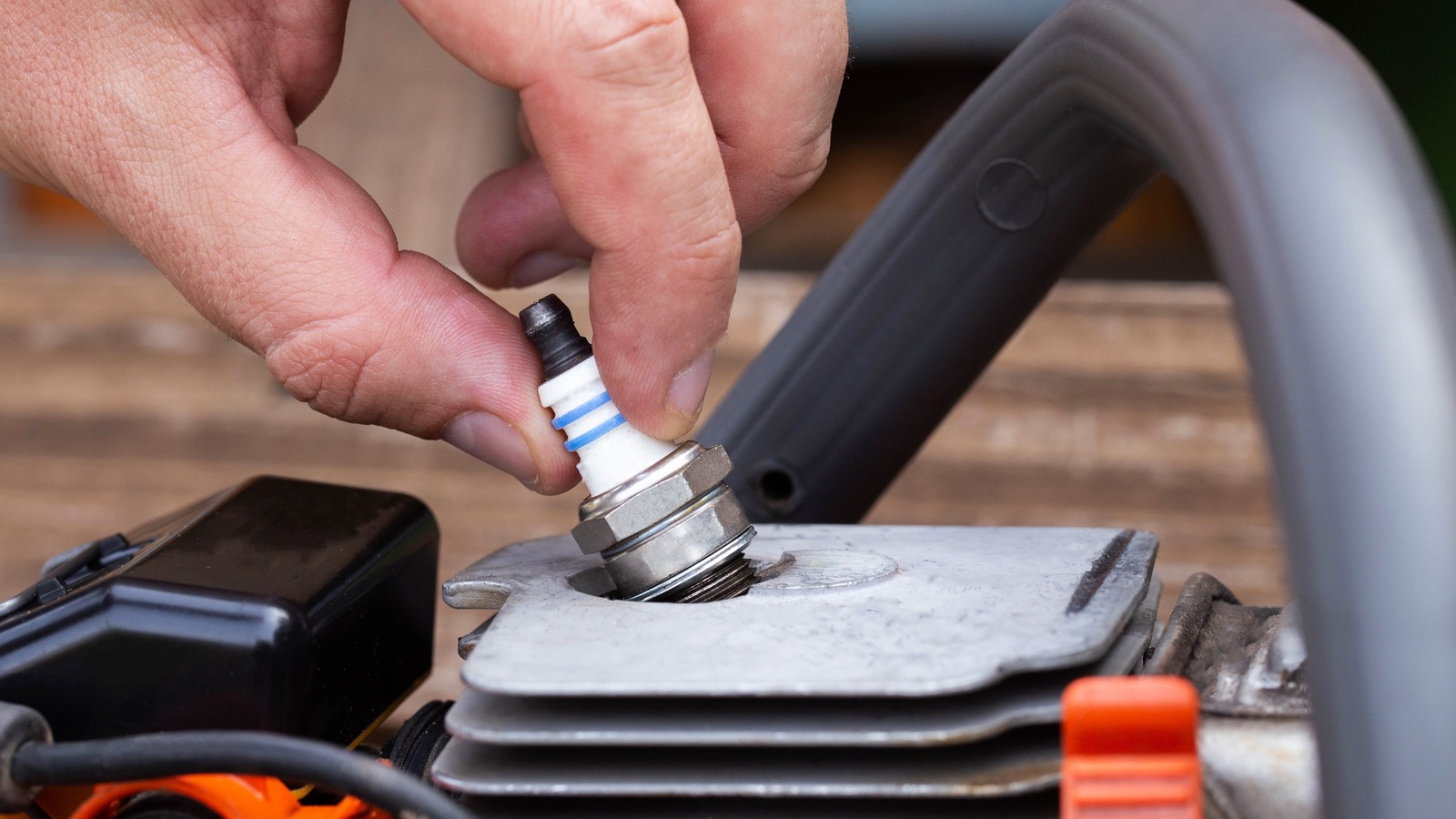
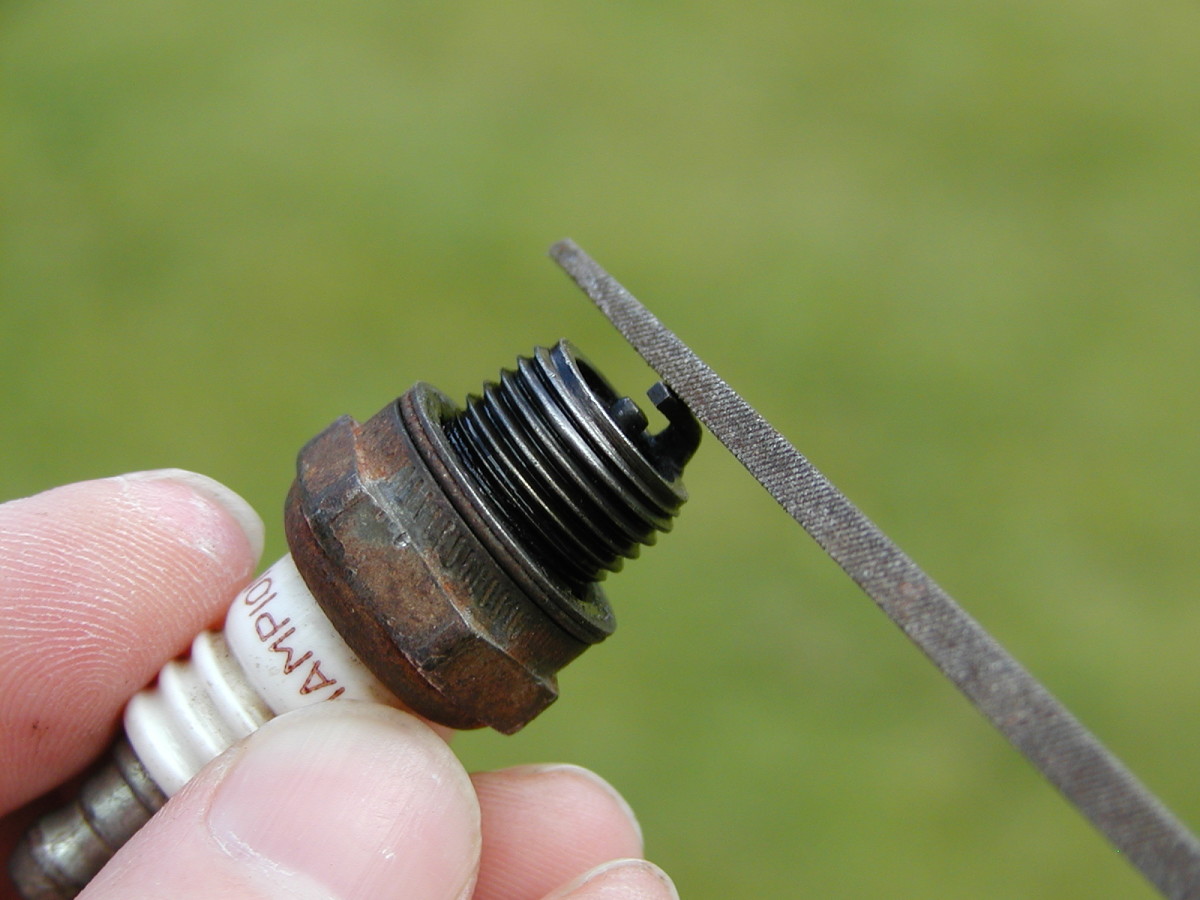
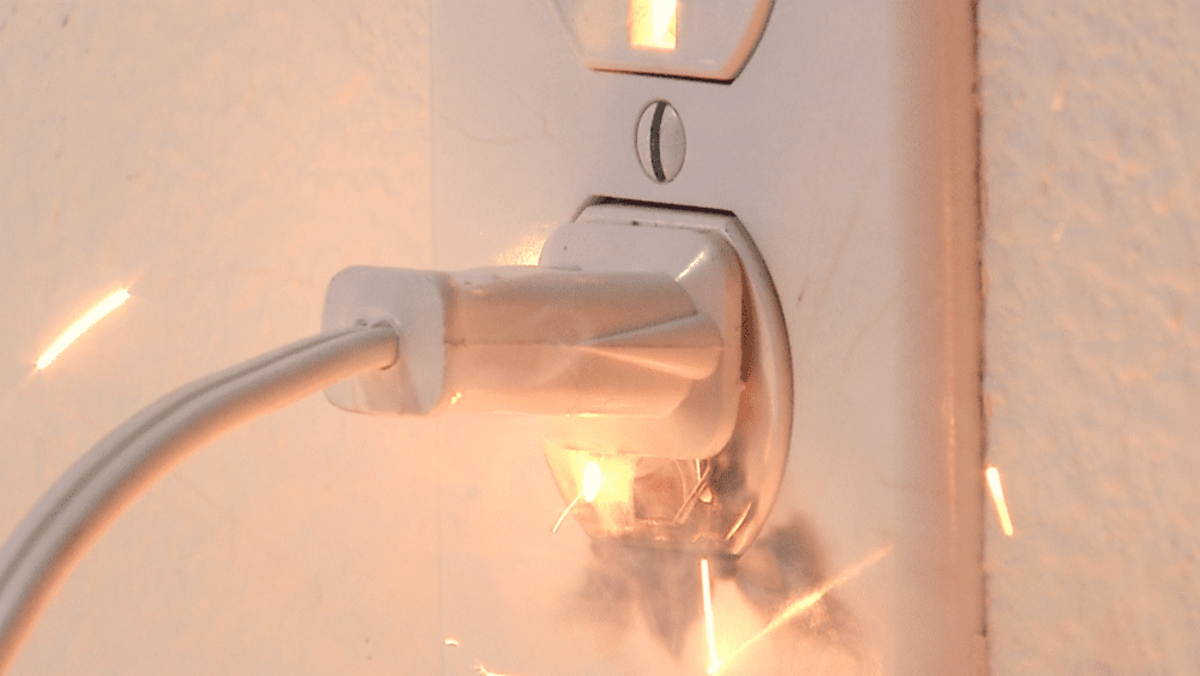



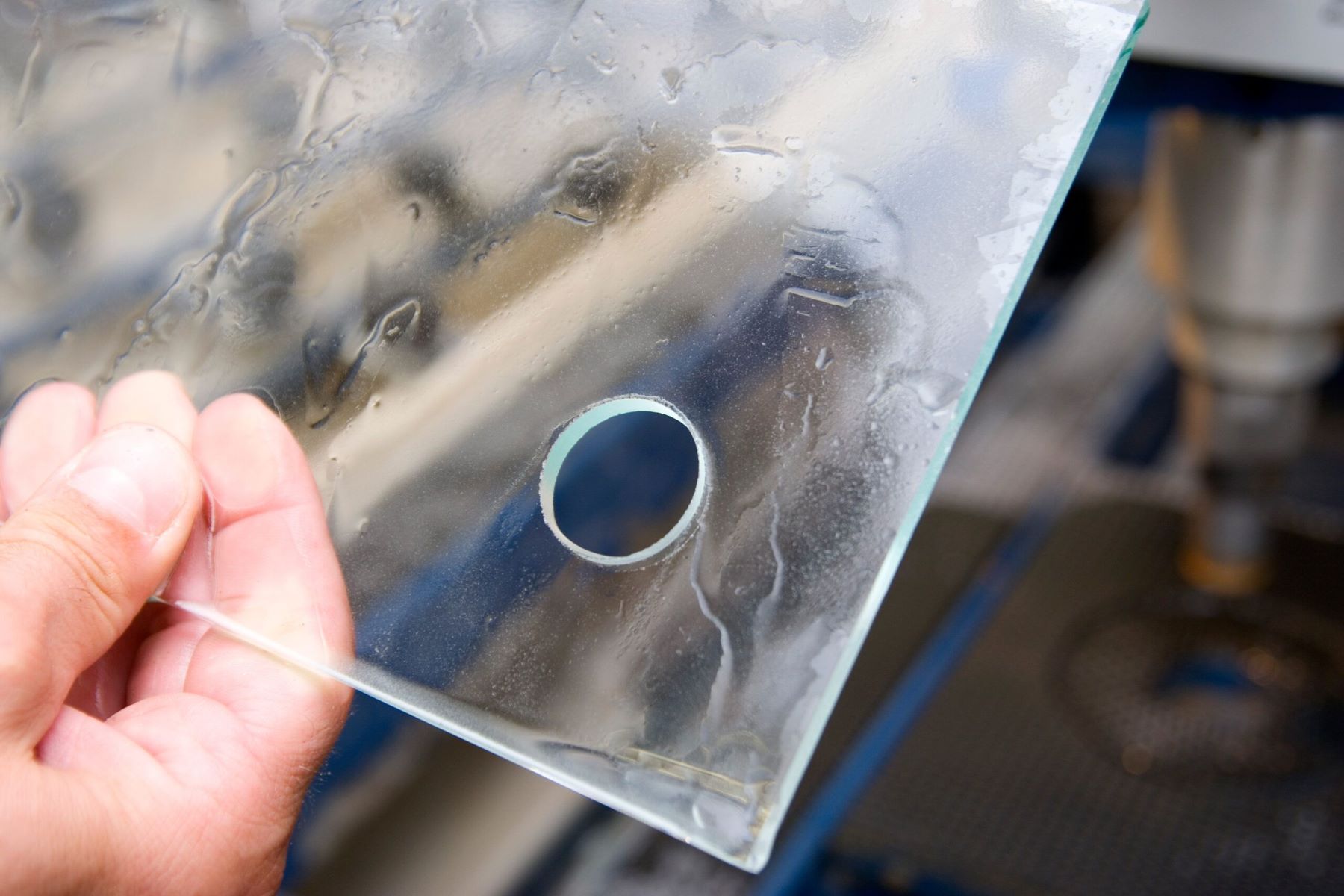
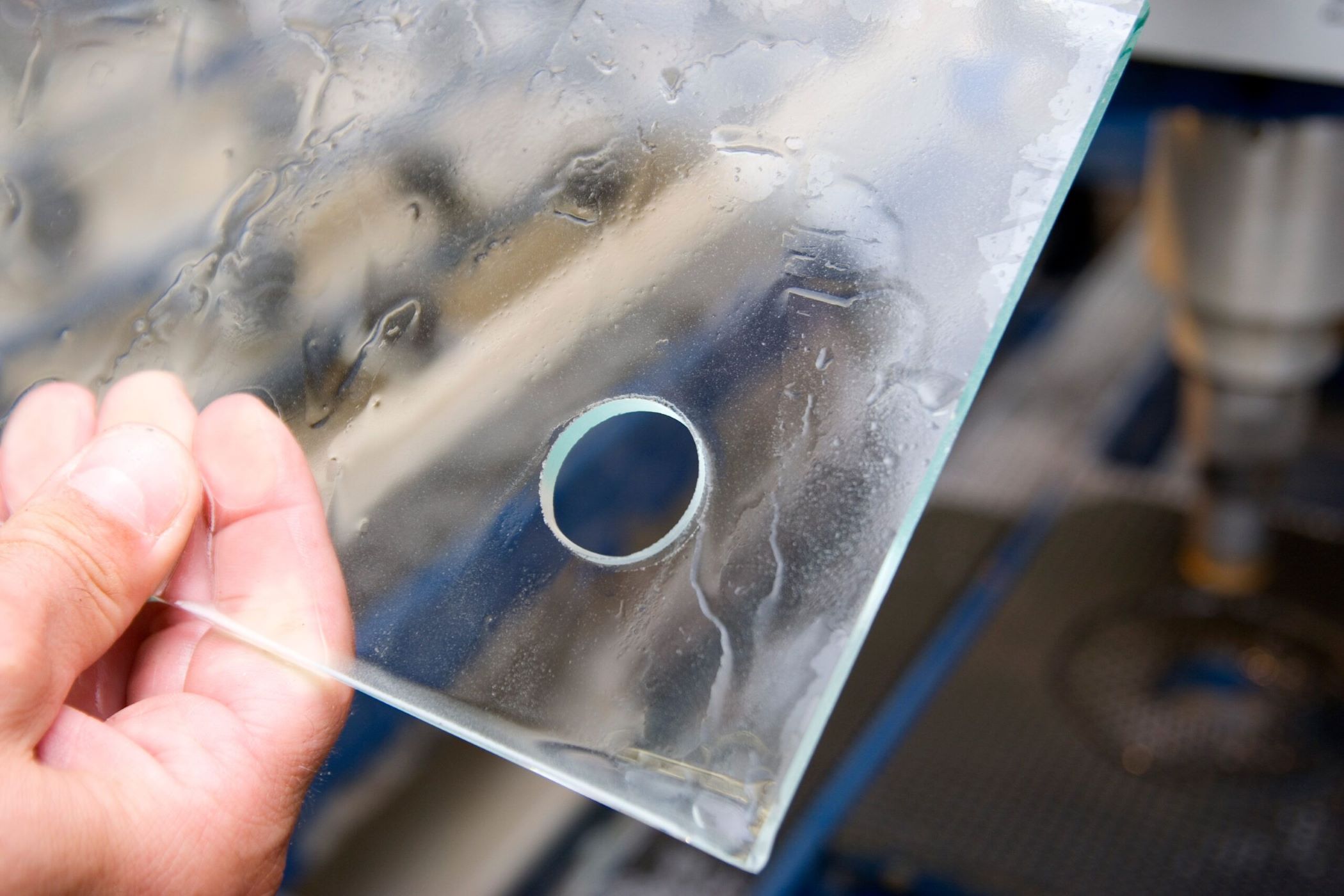

0 thoughts on “How Does A Spark Plug Break Glass”